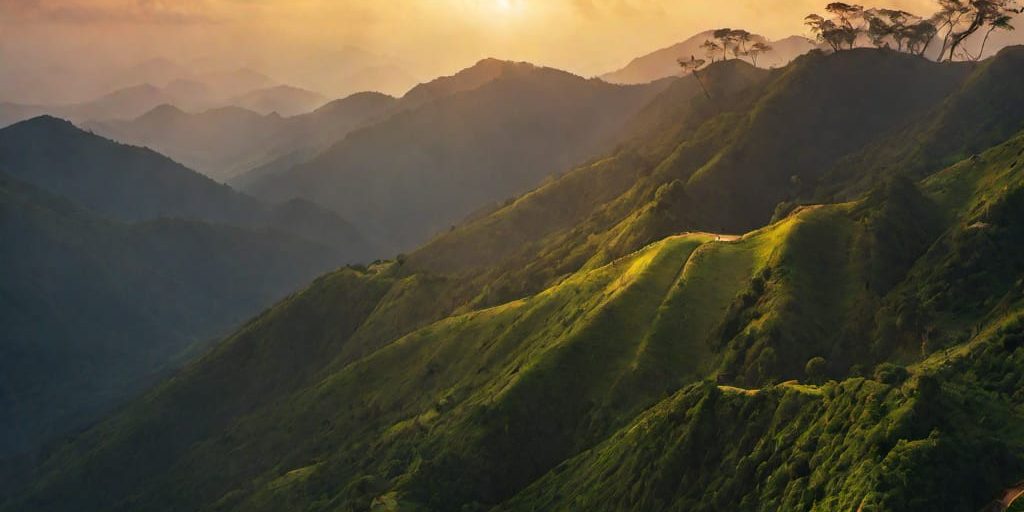
“Navadhurga Peaks: Crown Jewels of Kempagowda’s Mountain Range”
Navadhurga temples are a significant religious and cultural aspect of Kempagowda’s legacy. Situated amidst the awe-inspiring landscapes of Karnataka, the temples are strategically positioned on the majestic peaks of various mountains, each with its unique charm.
Kempa Gowda, the founder of Bangalore (now Bengaluru), is credited with building. A series of watchtowers or forts around the city during the 16th century. These watchtowers were strategically built on hilltops to provide a vantage point for monitoring the surrounding areas and to defend the city against potential threats. These nine hills or mountains are collectively known as the “Navadhurga of Kempa Gowda.
Nandidurga or Nandi Hills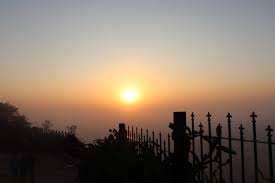
The most explored of the Navadhurga or the nine hill forts around Bangalore, the Nandi Hills, is a popular weekend getaway and just about 60 km from the city. True to its name, the hillock resembles a sleeping bull, Nandi. The Ganga dynasty developed Nandi Hills, which later became the summer retreat of Tipu Sultan. The fort here stands on the summit of the rock, about 1700 feet high.
Nandi hills, apart from cycling and para-gliding, is one of the ideal places to trek near Bangalore. A trek from Sultanpet village on the straight path with well-laid steps offers an exhilarating experience. It’s a fairly easy trek. The sunrise here is captivating.
Makalidurga
The fort of Makalidurga stands on a huge granite hillock at the height of 1,117 m, amidst a chain of hills. Makalidurga of the Navadhurga around Bangalore is about 60 km from the city, near the Makalidurga Village. On the summit of the hill, one gets to see the ruins of the fort and an old Shiva temple. It is a belief that Sage Markandeya has performed penance here.
Trekking here is of medium to difficult level and is about 4 km, which would fairly take about 3 hours to finish.
Kabbaladurga
At about 80 km from Bangalore, a fort, Kabbaladurga stands in a rundown state on top of which are a prison, ammunition storage godown and a garrison. The pyramid shaped hillock assumes its name after the Goddess Kabbalamma. As per history, Hyder Ali defeated the Maratha chieftain, Murari Rao and detained him in the Kabbaladurga fort until his death.
Kabbaladurga is also one of the best treks near Bangalore. The trek, which is about 4 km, begins from the base near the Kotilingeshwara temple and is relatively easy to medium.
Hutridurga
This fortified hill is about 65 km from Bangalore rising to 3708 feet above the sea level. There are eight gateways with several other outer gates as well, from the foot to the summit of the Hutridurga fort. On the summit or the Sankarakumbhi stands the Sankareshwara temple overlooking the Dodda Done or the ‘big spring’. Built by Kempagowda in the 16th century, Hutridurga fort, once seven tiered, was the military bastion of Tipu Sultan against the British.
Hutridurga is one of the popular treks near Bangalore. The trek, which is said to be easy, begins from Santhepet Village and passes through the fort. It does not end with the Sankareshwara temple on the summit, but leads on to a cave and later to an open grassland and a rock from where you can have stunning views of the sunrise.
Channarayana Durga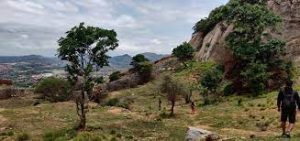
Of the Navadhurga or the nine hill forts around Bangalore, The Channarayana Durga is about 100 km from Bangalore, owes its construction to a local king Chikkappa Gowda. The fort comprises a few temples and some old structures inside it. One of the not so familiar treks near Bangalore, Channarayana Durga, is a medium level trek, with the initial stretch being difficult, as the smooth rock is slippery. The scant number of visitors and the absence of sign boards leave the trekkers intrigued and interested to explore.
Huliyurdurga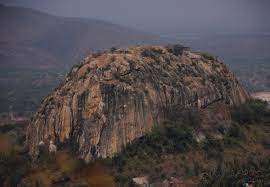
Huliyurdurga assumes the appearance of an inverted cup. Kempe Gowda erected the fort, which now has remnants of the past like springs, dilapidated houses, powder magazines, granaries, durbar hall, etc. The fortification is about 845 m above the sea level. The name Huliyurdurga translates into ‘The Fort of the Tiger.’ Still unexplored by the world outside, the trek to Huliyurdurga fort begins from the old temple. One can rather say it’s a climb than a trek owing to the rough route.
Devarayanadurga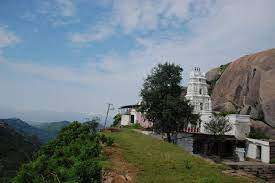
About 73 km from Bangalore lies the rocky hill of Devarayanadurga, which is surrounded by forests and its summit dotted by many temples. The Devarayanadurga Hill thrills the motorcyclists owing to its hairpin curves. Of the Navadhurga or the nine fill forts around Bangalore, the Devarayanadurga Hill interests the trekkers with its natural rocky and hilly terrain. The sunrise here is spellbinding and invites trekkers to have a glimpse.
Savandurga

Savandurga is a hill 60 km west of Bengaluru, off the Magadi road in India. It is the largest monolith hills in Asia. The hill rises to 1226 m above mean sea level and forms a part of the Deccan plateau. It consists of peninsular gneiss, granites, basic dykes, and laterites.
Bairavadurga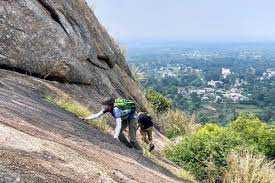
Bairavadurga, comprises two fortification walls and a temple on the summit dedicated to Lord Bairava. Kempe Gowda erected the fort in the 17th century AD and Tipu Sultan later captured it. Bairavadurga is one of the riskiest and toughest of the Navadhurga treks, hence only recommended for experienced trekkers.
Geographical Location
The mountains span a considerable area, creating a natural boundary that has played a significant role in shaping the development of the surrounding settlements.
Historical Significance
These mountains served as crucial vantage points for defense, offering panoramic views of the entire region, which empowered Kempa Gowda’s forces to protect their territory effectively.
Mythological Connections
They are believed to be the abode of nine divine goddesses, each representing a different aspect of feminine power. These goddesses have been worshipped for generations, making the mountains a pilgrimage site and a center of spiritual devotion.
Architectural Marvels
Kempa Gowda’s legacy extends beyond military prowess. He also commissioned the construction of impressive fortresses, temples, and other architectural marvels atop the Navadhurga Mountains. These structures stand as a testament to his vision, showcasing his dedication to both spiritual and strategic pursuits.
Cultural Celebrations
The Navadhurga Mountains are alive with cultural celebrations throughout the year. Festivals, fairs, and processions take place here, bringing the community together to honor their history, heritage, and shared identity. These events serve as a reminder of the unity that Kempa Gowda fostered among his people.
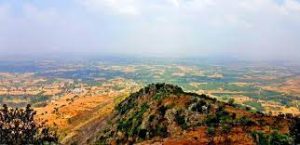 Ecological Diversity
Ecological Diversity
Beyond their historical and cultural significance, the Navadhurga Mountains are home to diverse ecosystems. This ecological diversity adds to the mountains’ allure, attracting nature enthusiasts and researchers alike.
Preservation Efforts
In recent times, there has been a growing effort to preserve the Navadhurga Mountains and their surrounding environment. Conservation initiatives aim to strike a balance between honoring the mountains’ rich history and safeguarding their natural beauty for generations to come.
The Navadhurga Mountains of Kempa Gowda stand as a living legacy, embodying the intersection of history, culture, spirituality, and nature. These mountains continue to captivate the imagination of locals and visitors alike. Reminding us of the enduring impact of Kempa Gowda’s vision and the profound beauty of the natural world.
